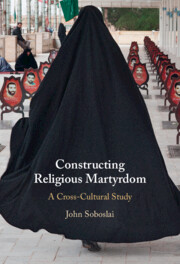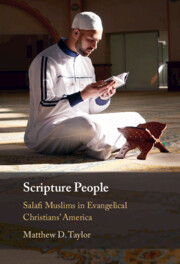In 1650, an encyclopedia of comparative religion known as Dabistān-i Maẕāhib (the School of Doctrines) was completed near the city of Hyderabad. Asserting that the religions of the world are reflections of a single inner truth, its author Mīrzā Ẕu'l-fiqār Āẕarsāsānī, known by the poetic penname ‘Mūbad’, travelled widely across India to record encounters with diverse religious figures. This article re-examines the composition and legacy of the Dabistān in light of new manuscript evidence relating to its author and the world he inhabited. It argues that the Dabistān's universalist project reflects a widely held theory of the interrelatedness of the macrocosm, in which sociality with diverse populations was understood to be a spiritual exercise leading to saintly perfection in the same way that venerating the cosmos and ascetic bodily practices were. The article provides a close reading of the Dabistān's shortest chapter on the religion of the Tibetans, the earliest such description in Persian. Situating the Dabistān within the diverse expressions of ‘Universal Peace’ (ṣulḥ-i kull) during the Safavid and Mughal periods, it argues that the Dabistān's project of recovering a universal theology that was attributed to ancient Iran and India led to expressions of dual religious belonging—to particular religions of revelation as well as to the universal religion of the philosophers—parallel to and connected with what Jan Assmann has termed the ‘religio duplex phenomenon’ in early modern Europe. Finally, the article briefly traces the legacy of the Dabistān into the modern period.
The free do not think of religion, doctrine, and spiritual guidance—
Those shackled by seeking liberation are not truly free.
For how long must we wander the alleyways of religion and nation?—
There is no highway through the land of verification (taḥqīq) besides heresy (ilḥād).
—‘Mūbad’ Mīrzā Ẕu'l-fiqār Āẕarsāsānī (fl. 1060s ah/1650s ce)1





